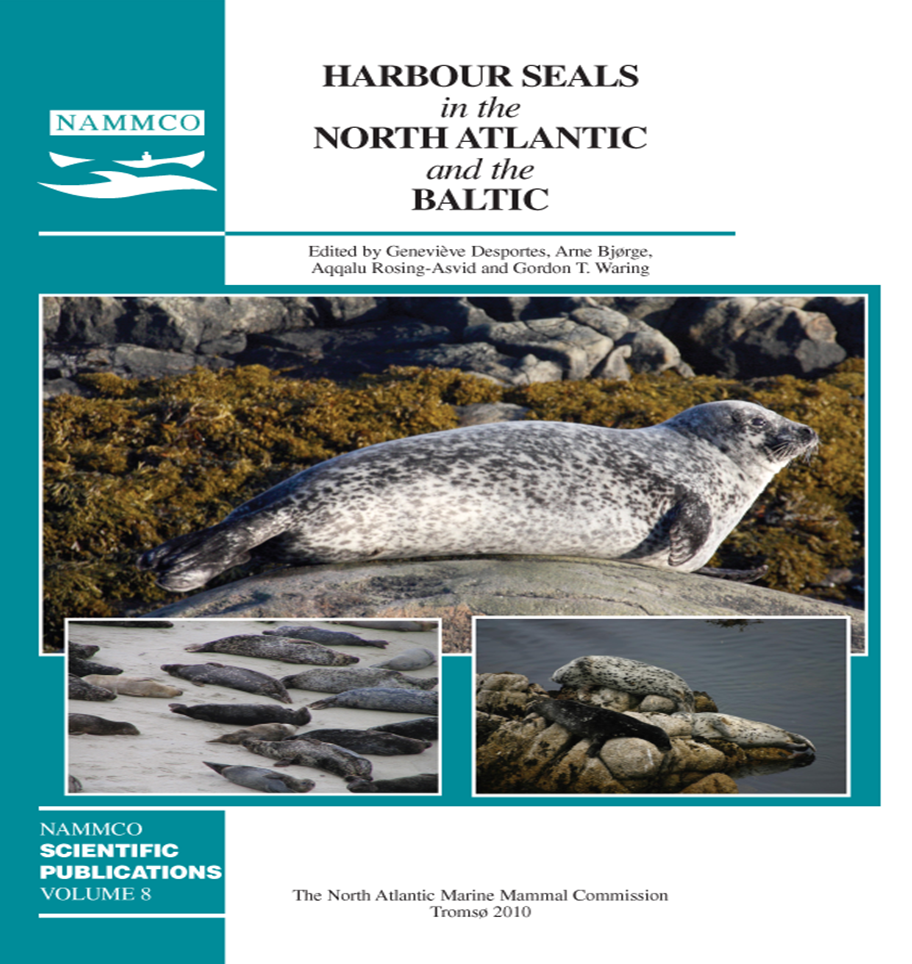Harbour seals (Phoca vitulina) and rehabilitation
DOI:
https://doi.org/10.7557/3.2699Keywords:
harbour seals, rehabilitationAbstract
Throughout the past few decades, rehabilitation of seals has become an activity that is anchored in the present day society of many countries. Seals are primarily rehabilitated to help individual animals in distress. At the same time, the release of seals which would have otherwise died can be considered as a contribution to the population. Most rehabilitated seals are animals under one year of age. They are mainly orphans, weaned seals with complications and seals with a parasiticbronchopneumonia. For the optimal handling of seals and their diseases, centralised operations with quality standards are essential. Rehabilitation provides an instrument to monitor the health of the seal population and its ecosystem. Changes in stranding trends or the appearance of new diseases can be monitored. Moreover, rehabilitation is important to show the general public thestate of the marine environment. In the Netherlands there is significant social support for the rehabilitation of seals. Experience obtained with seal care is of importance in countries where urgent help of threatened seal species is required. Here individual seals are also ambassadors to raise support for the protection of this species in general. Given that the anthropogenic impact on the seals and their environment is extensive in the Wadden Sea, rehabilitation centres can compensate the consequences of this impact on individual seals as well as the population as a whole.Downloads
Published
2010-09-01
How to Cite
Osinga, N., & ‘t Hart, P. (2010). Harbour seals (<i>Phoca vitulina</i>) and rehabilitation. NAMMCO Scientific Publications, 8, 355–372. https://doi.org/10.7557/3.2699
Issue
Section
Articles





